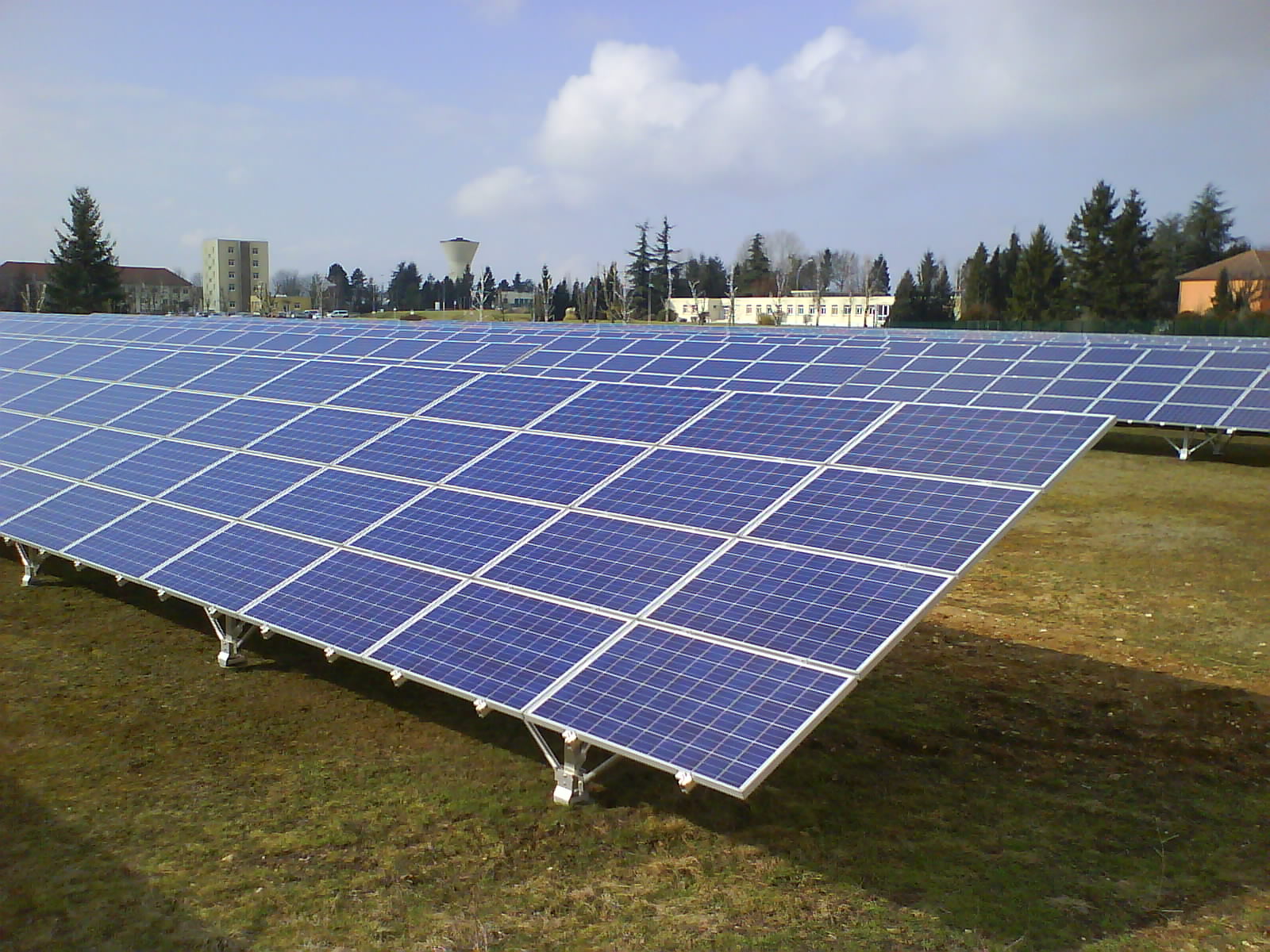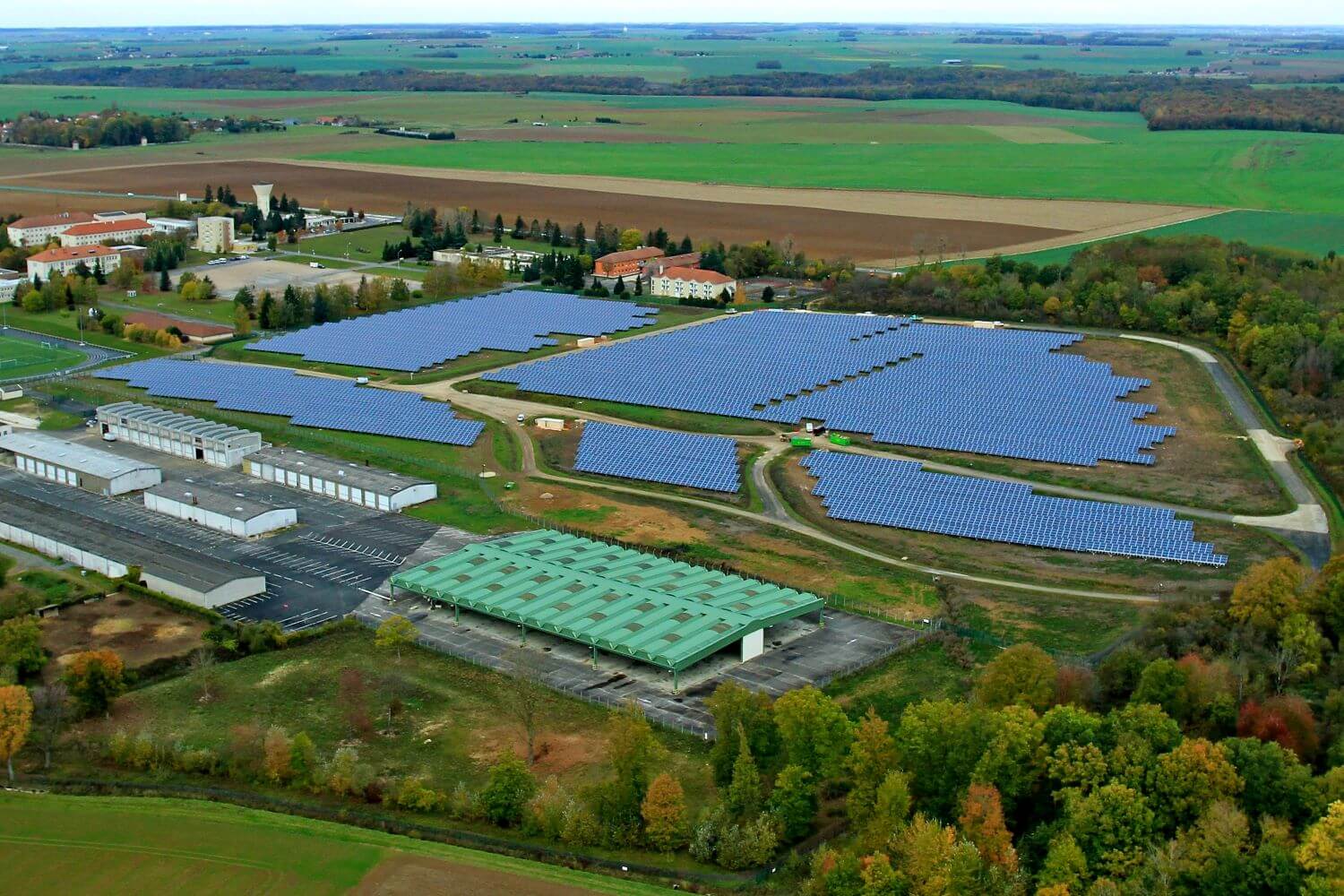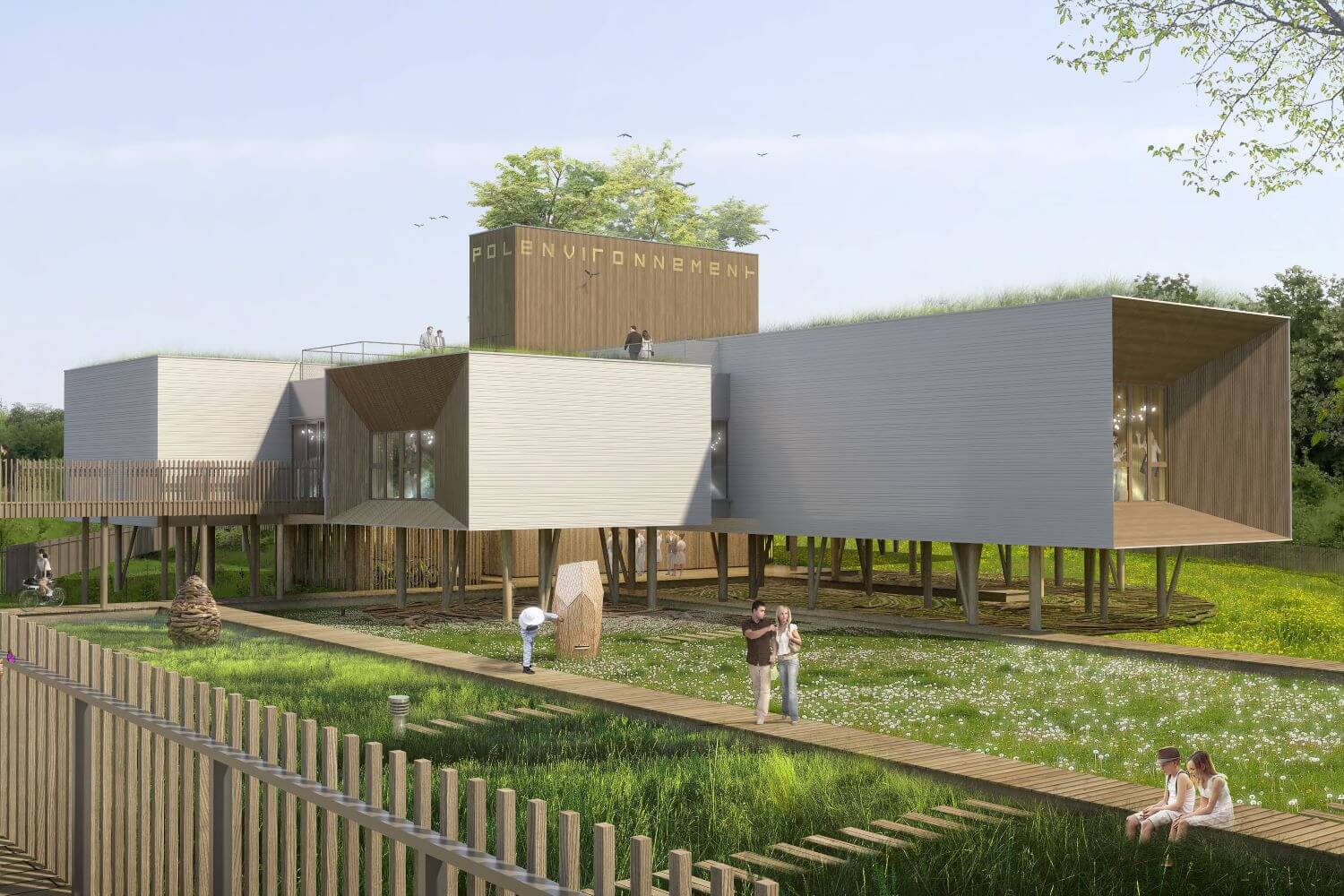SOLAR DESIGN OFFICE
Using the sun as an energy source
Solar energy is an essential source of energy for today’s and tomorrow’s buildings. Indeed, it is a renewable energy that allows to reduce its environmental impact.
Specialized in responsible engineering and the use of renewable energies, PHOSPHORIS can assist you in the design of your solar projects.
Photovoltaic solar energy
Photovoltaic solar energy is electrical energy produced from solar radiation thanks to photovoltaic panels.
These panels are composed of photovoltaic cells, made from crystalline silicon. They have the ability to transform the sun’s rays into electricity.
This energy is mainly used for the production of electricity for resale or for self-consumption. It is for example the technology used for the solar panels of the ground power plants.
The energy recovered by the solar panels can be used to produce domestic hot water for a tertiary building or housing, or water for the pools of an aquatic center. It is also possible to reinject the surplus into the common network of the district.


Sourdun photovoltaic solar power plant (Paris area)
PHOSPHORIS has been entrusted with the design and project management of a 12-hectare ground-mounted solar photovoltaic power plant.
It was built on a former military site that was neither buildable nor cultivable.
The total production is estimated at 4,954 MWh per year, which is equivalent to the electricity consumption of a town of 2,000 inhabitants.
It saves nearly 1,400 tons of CO2 emissions per year.
It is one of the largest ground-mounted photovoltaic power plants in the Paris area, with nearly 19,000 solar panels.

Auxerre Environmental Center (200km from Paris)
PHOSPHORIS participated in the design and project management of the HVAC, plumbing-sanitary, and electrical work packages and the application of HQE principles for the Auxerre Environmental Center.
Its mission was to adapt the BEPAS (Passive Building) concept to the project, by implementing a water-to-water heat pump and photovoltaic panels.
The latter cover the canopies to protect from radiation or, according to the project, to capture it.
Facing south, the equipment will benefit in winter from continuous solar input to limit its energy consumption.
Solar energy in bioclimatic architecture
In addition to being able to be converted into a source of energy through panels, thermal collectors or hybrid collectors, the sun is used in bioclimatic design. The building and its architecture can be designed to take maximum advantage of the sun. This translates into concrete solutions such as:
The double skin façade:
This consists of creating a double wall creating a buffer air volume between the building and its exterior envelope. The outer wall of this double skin will have to include motorized registers allowing them to be closed in winter and opened day and night in summer to reverse the principle of overheating, with intermediate positions to obtain satisfactory natural lighting.
Natural lighting:
The majority of lighting will be natural and achieved primarily through south-facing glazing. If there is insufficient light, the inclination of the glazed registers of the exterior wall will be used, which will allow the reflection of light to the back of the rooms. For the spaces located in the center of the building, a skylight placed in the roof.
About solar thermal energy
It is possible to use the sun as a heat source with solar thermal systems. The sun’s radiation is converted into heat. Solar thermal energy can be adopted for the production of domestic hot water, heating, cooling (solar air conditioning), or in industrial processes.
It is possible to design combined systems, covering multiple needs and coupled with traditional installations.



